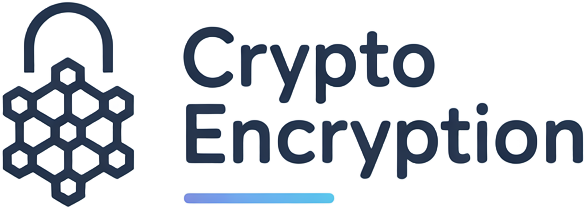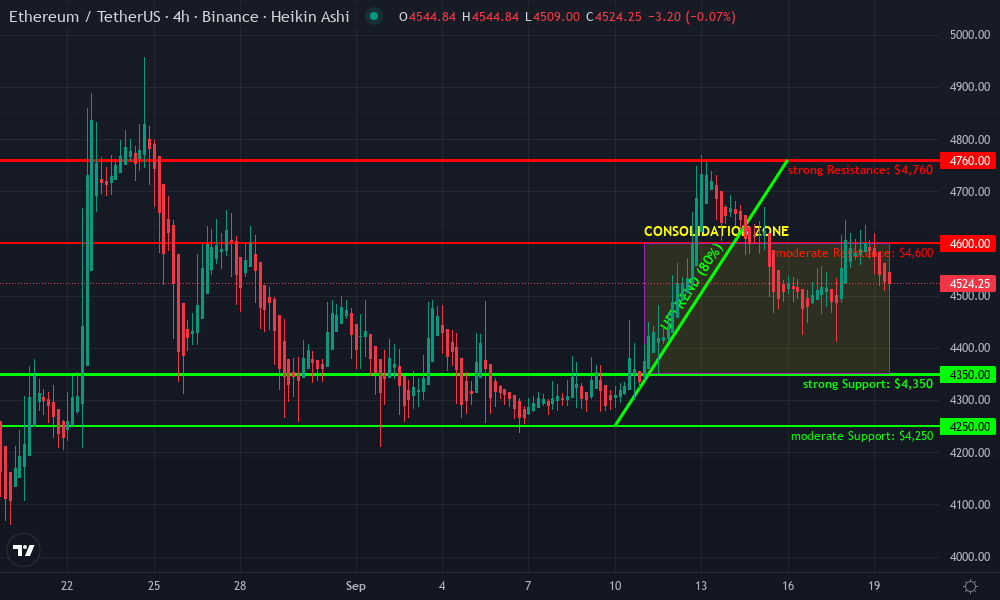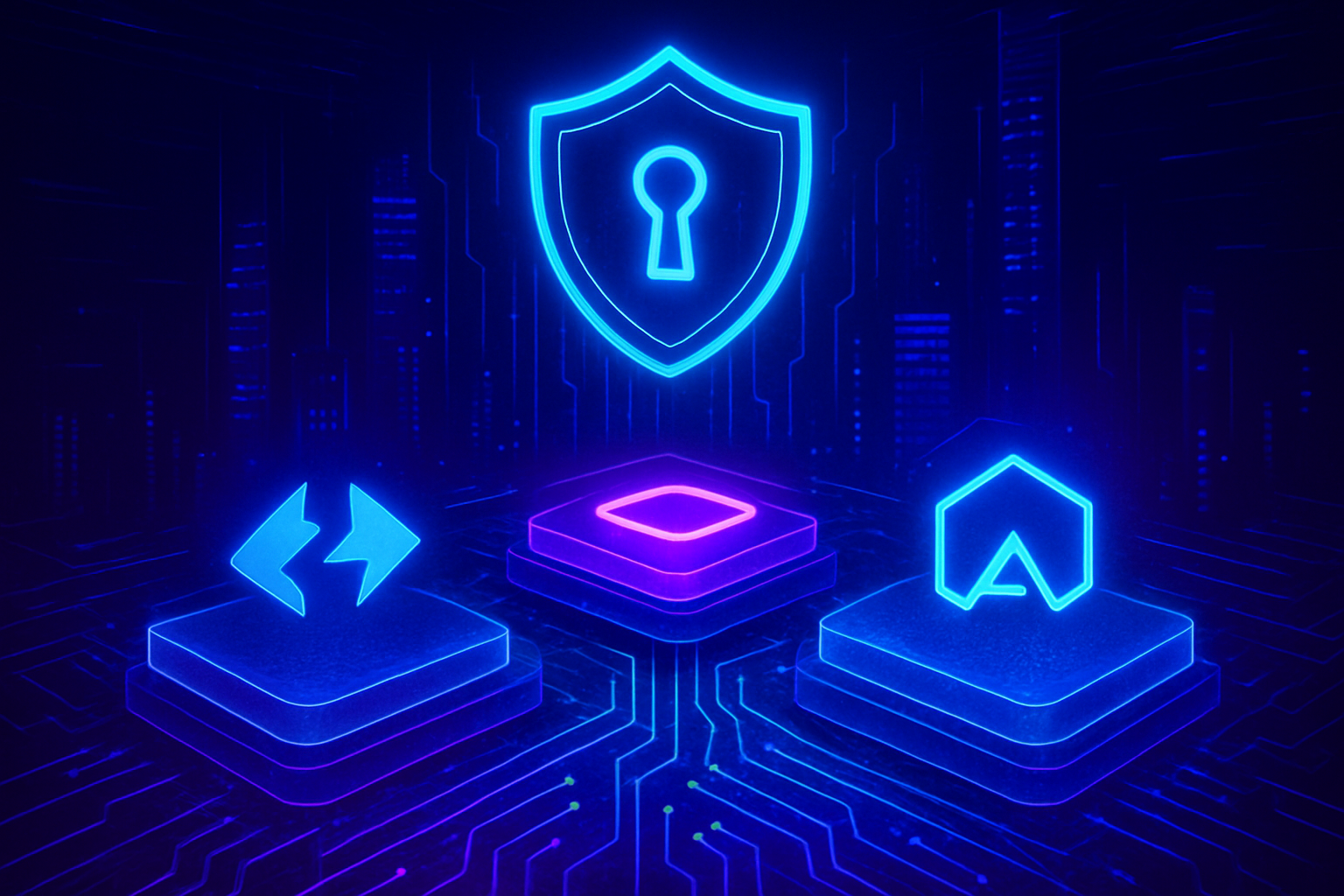
Scaling encrypted smart contracts without compromising privacy is the next frontier for blockchain innovation. As Ethereum and similar networks experience surging demand, Layer 2 solutions have emerged as the go-to strategy for boosting throughput and minimizing costs, while keeping sensitive data shielded from prying eyes. But not all Layer 2s are created equal when it comes to privacy. The leading contenders provides zkSync Era, Polygon zkEVM, and Aztec Network: are setting new benchmarks in confidential smart contract execution for 2024.
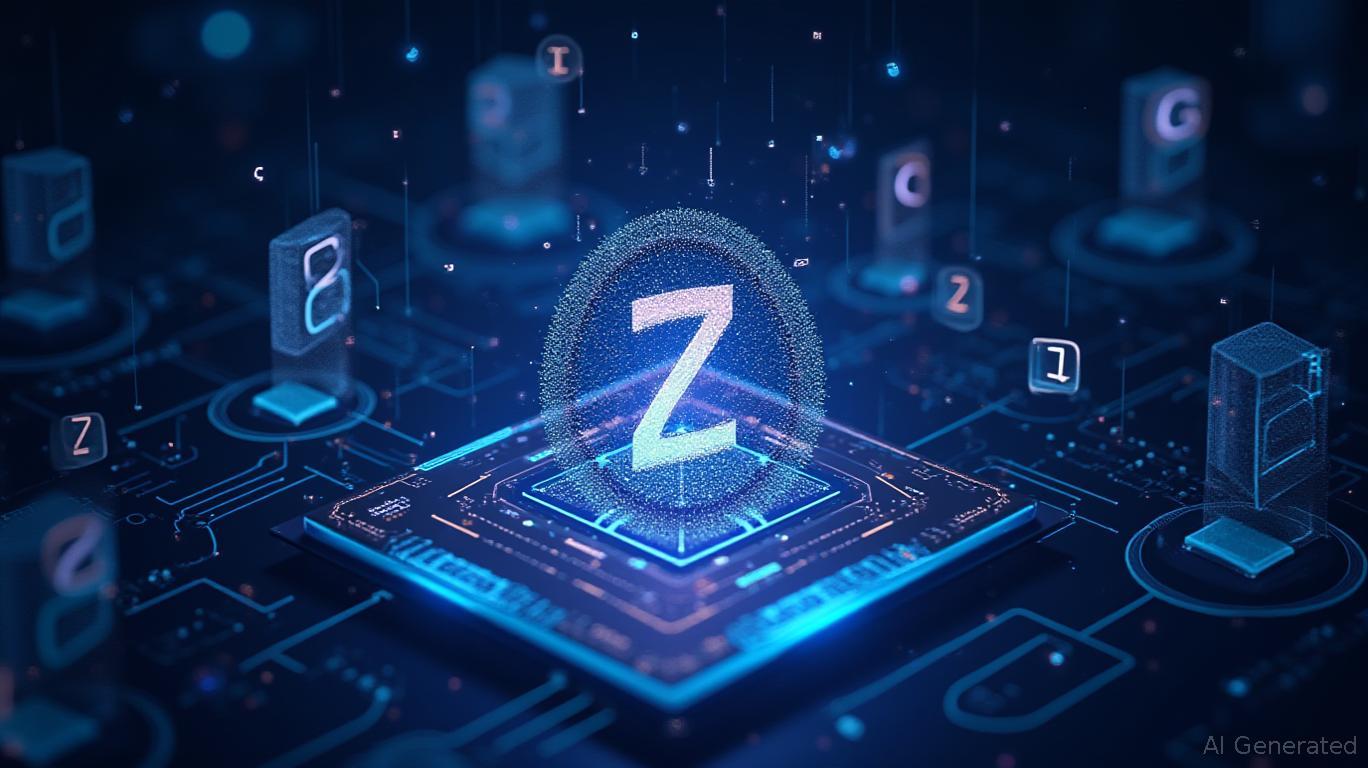
Why Privacy Matters in Layer 2 Scaling
The promise of public blockchains has always been transparency, but this comes at a cost: every transaction is visible forever. For enterprises deploying sensitive business logic or users demanding financial confidentiality, this is a dealbreaker. Encrypted smart contracts solve this by keeping code and data private, but they’re computationally intensive on Layer 1. Enter Layer 2 solutions: by offloading computation and using advanced cryptography like zero-knowledge proofs, they unlock both scalability and privacy.
“Layer 2 isn’t just about speed, it’s about making privacy practical at scale. “
The Top Three Privacy-First Layer 2 Solutions
Top Layer 2 Solutions for Encrypted Smart Contracts
-
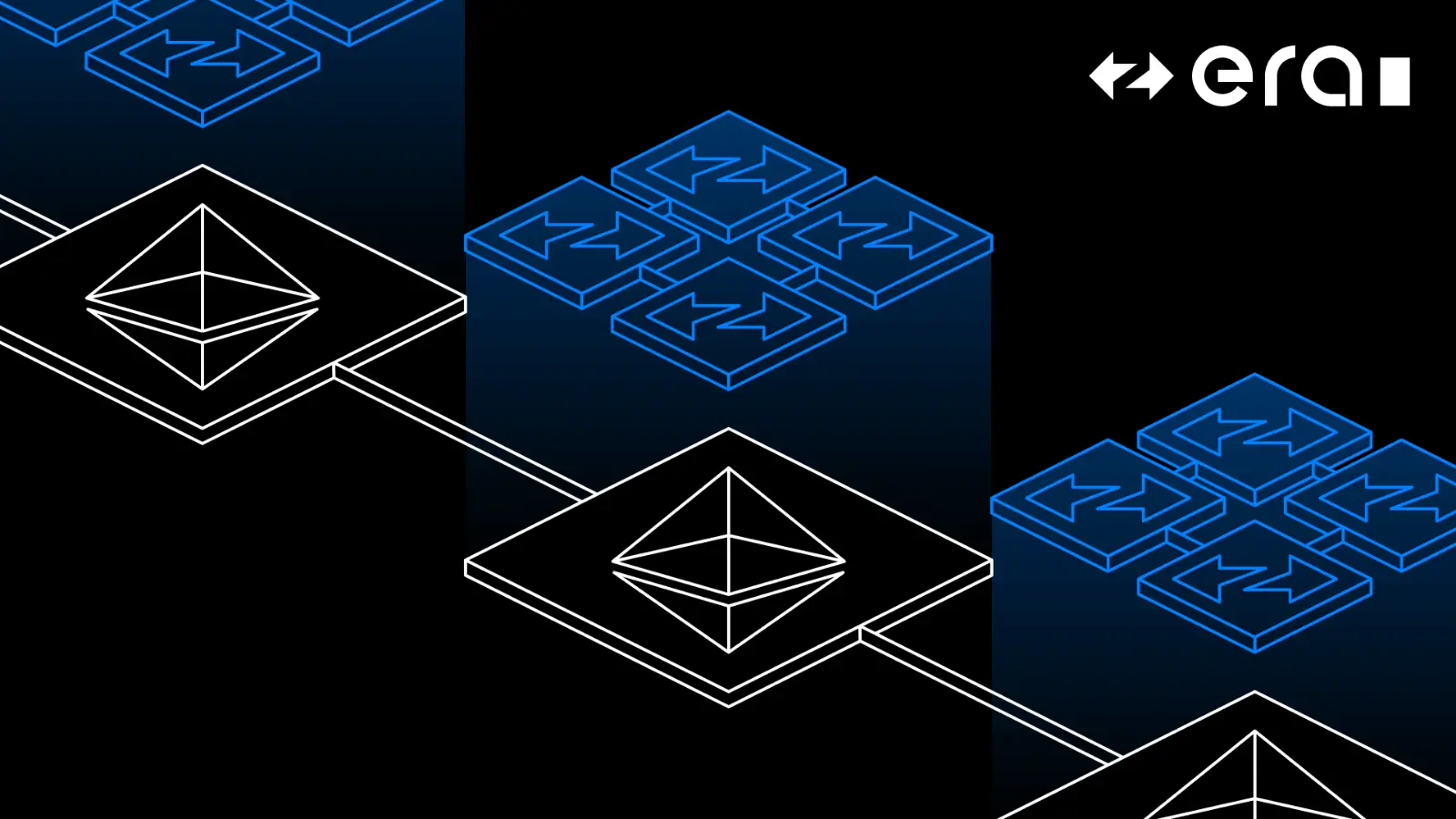
zkSync Era: Developed by Matter Labs, zkSync Era leverages zero-knowledge rollups to bundle transactions off-chain and submit succinct proofs to Ethereum. This approach drastically reduces gas fees and enhances scalability, while maintaining strong privacy for encrypted smart contracts. zkSync Era is EVM-compatible, allowing seamless migration of existing dApps.
-
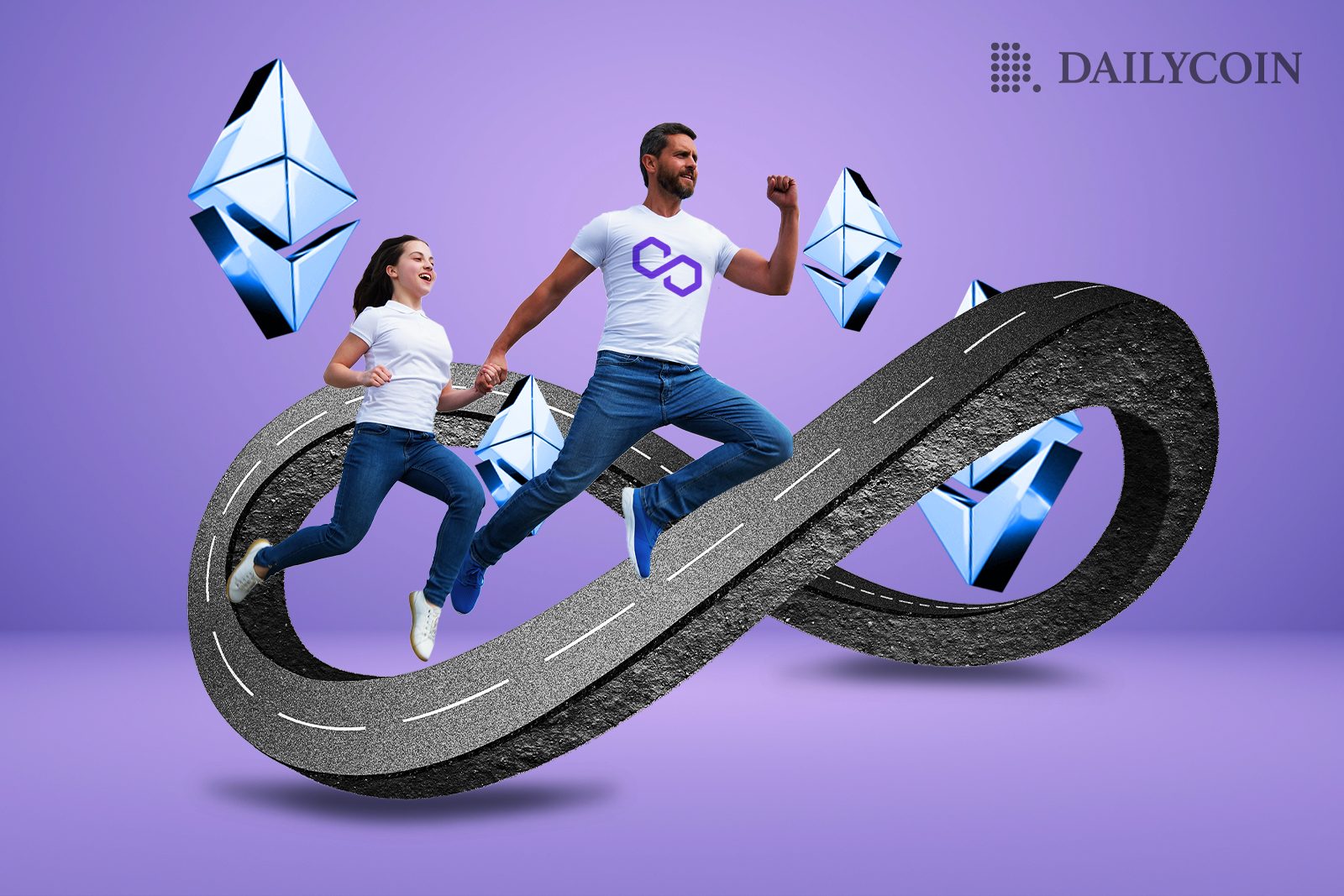
Polygon zkEVM: Polygon zkEVM offers a zero-knowledge Ethereum Virtual Machine environment, enabling developers to deploy standard Ethereum smart contracts with enhanced privacy and scalability. By utilizing zk-rollups, it ensures transaction confidentiality and lower costs, making it ideal for encrypted smart contract applications.
-
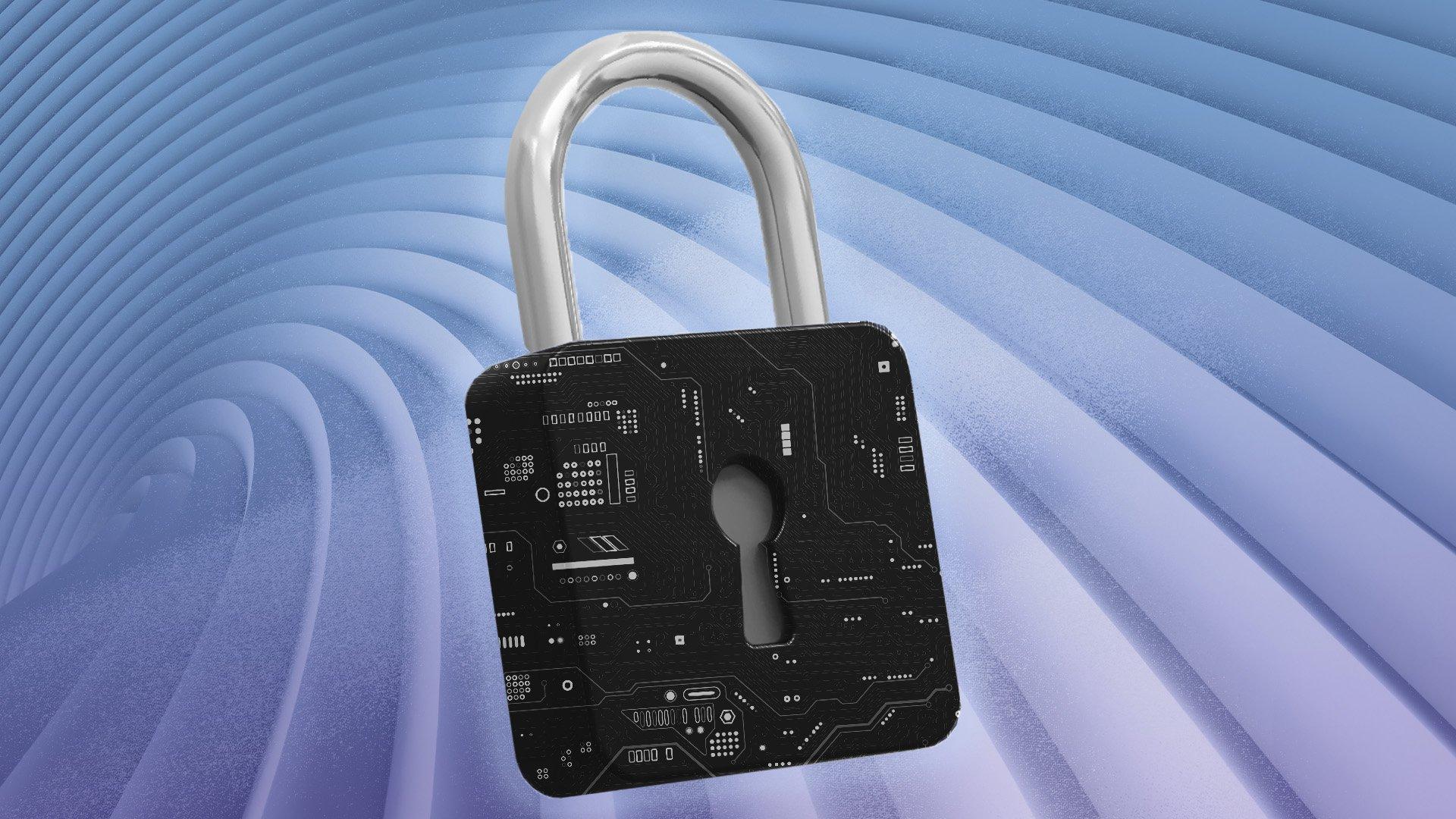
Aztec Network: Aztec Network is a privacy-centric Layer 2 solution for Ethereum, specializing in confidential transactions using zero-knowledge proofs. It enables encrypted smart contract execution, preserving user privacy and data confidentiality without sacrificing performance or security.
Let’s break down how each of these cutting-edge platforms delivers on the dual mandate of scalability and privacy:
zkSync Era: EVM-Compatible ZK-Rollups at Scale
zkSync Era, developed by Matter Labs, leverages zero-knowledge rollups to bundle hundreds of transactions into a single proof that’s posted to Ethereum mainnet. What sets zkSync apart is its full EVM compatibility, developers can deploy existing Solidity contracts with minimal changes. Privacy is enforced through succinct proofs that verify transaction validity without exposing user data or contract logic. This approach dramatically reduces gas fees while maintaining Ethereum-grade security.
Polygon zkEVM: Bringing Zero-Knowledge Proofs to Mainstream dApps
Polygon zkEVM stands out as the first fully open-source, EVM-equivalent ZK-Rollup on Ethereum mainnet. By mirroring the Ethereum Virtual Machine at the bytecode level, Polygon zkEVM allows developers to port dApps seamlessly, no need to learn new languages or frameworks. Its zero-knowledge circuits ensure that transaction details remain confidential while achieving settlement finality in minutes instead of hours. This positions Polygon zkEVM as a powerhouse for DeFi protocols handling sensitive financial flows.
Aztec Network: The Gold Standard for On-Chain Privacy
Aztec Network takes privacy to another level by combining ZK-Rollups with its proprietary PLONK protocol and Noir language for encrypted contract development. Unlike generic rollups, Aztec natively supports confidential transactions, think shielded transfers where sender, receiver, and value are all hidden by default. Its focus on both programmable privacy and composability makes it the network of choice for applications ranging from private payroll systems to confidential DAO voting.
The Data Behind the Hype: Transaction Costs and Adoption Metrics
The numbers speak for themselves: average transaction fees on these top Layer 2s are consistently below $0.05 per transfer (as of September 2025), compared to $1–$5 on Ethereum mainnet during peak congestion. User adoption is surging too, zkSync Era processed over 100 million transactions in Q3 2025 alone, while Polygon zkEVM saw a threefold increase in deployed contracts since its last upgrade.
Aztec Network, meanwhile, has doubled its active wallets in the past six months, signaling a clear demand for privacy-first DeFi. These metrics are more than just vanity stats, they demonstrate that scaling encrypted smart contracts isn’t a theoretical exercise anymore. Enterprises and retail users alike are moving toward platforms where cost, speed, and confidentiality all coexist.
Ethereum Technical Analysis Chart
Analysis by Marcus Langley | Symbol: BINANCE:ETHUSDT | Interval: 4h | Drawings: 6
Technical Analysis Summary
Aggressively map the dominant uptrend emerging post-September 10th, 2025, using a bold trend_line from the swing low near $4,250 to the local high at $4,760. Highlight the consolidation range between $4,350 and $4,600 with a rectangle to show the battle zone. Draw horizontal_lines at $4,350 (support), $4,600 (mid-resistance), and $4,760 (major resistance). Use arrow_mark_up at $4,350 for potential long entries and arrow_mark_down at $4,760 for scalp exits. Mark volume surges with callouts near the major impulsive moves. Annotate with text for aggressive breakout and breakdown scenarios aligning with my high-risk appetite.
Risk Assessment:high
Analysis: ETH is trading in a volatile, high-liquidity range with frequent fakeouts.Rapid reversals and strong trend shifts make this an aggressive trader’s playground,but risk of stop-outs is elevated.
Marcus Langley’s Recommendation: Lean into the volatility but stay nimble—size up at range extremes with tight,dynamic stops.Flip bias quickly if momentum shifts.Use consolidation breaks as your primary trade triggers and never ignore the liquidity sweeps.
Key Support & Resistance Levels
📈 Support Levels:
- $4350-Recent demand zone,price rebounded multiple times here.strong
- $4250-September tenth swing low,critical for bullish structure.moderate
📉 Resistance Levels:
- $4600-Rejected several times,acts as mid-level resistance.moderate
- $4760-Local high and key breakout trigger.strong
Trading Zones (high risk tolerance)
🎯 Entry Zones:
- $4350-High-probability long on bounce from strong support.medium risk
- $4250-Aggressive long if liquidity sweep occurs below prior low.high risk
🚪 Exit Zones:
- $4600-First profit target at resistance.💰 profit target
- $4760-Major scalp exit at resistance or breakout chase level.💰 profit target
- $4200-Stop-loss for aggressive longs below $4250.🛡️ stop loss
Technical Indicators Analysis
📊 Volume Analysis:
Pattern:Notable surges on rally pushes and breakdowns.
Volume spikes accompany both the impulsive rally to $4760 and the sharp retrace—classic volatility signatures.Watch for fresh volume cues at range boundaries.
📈 MACD Analysis:
Signal:Likely flipping bullish to neutral near current price;monitor for divergence if uptrend extends.
Momentum is waning post-$4760,but no clear bearish confirmation yet.MACD crossover near $4350 would be a high-conviction long trigger.
Applied TradingView Drawing Utilities
This chart analysis utilizes the following professional drawing tools:
This technical analysis by Marcus Langley is for educational purposes only and should not be considered as financial advice.Trading involves risk,and you should always do your own research before making investment decisions.Past performance does not guarantee future results.The analysis reflects the author’s personal methodology and risk tolerance (high).
Key to this traction is the seamless developer experience. Both zkSync Era and Polygon zkEVM offer robust EVM compatibility, meaning teams can migrate existing Ethereum dApps with minimal refactoring. For those building privacy from the ground up or needing advanced features like shielded voting or payroll, Aztec Network’s Noir language unlocks a new paradigm in encrypted smart contract design.
Challenges and What’s Next for Privacy-First Layer 2s
No solution is perfect, each network faces unique hurdles. zkSync Era must continue optimizing proof generation times to keep up with explosive user growth. Polygon zkEVM is tackling the challenge of maintaining bytecode-level compatibility without sacrificing efficiency or security. Aztec Network’s roadmap includes expanding composability so private contracts can interact seamlessly with public DeFi protocols. The race isn’t just about scaling faster but scaling smarter while keeping privacy uncompromised.
The competitive landscape will only intensify as more enterprises demand regulatory-compliant confidentiality and users expect mainstream-grade UX from their blockchain interactions. Expect further innovation around recursive proofs, hardware acceleration for ZK circuits, and integrations that let apps toggle between public and private modes on demand.
Choosing the Right Layer 2 Solution for Your Privacy Needs
If you’re evaluating which Layer 2 to build on, or migrate to, here’s a quick decision matrix:
Top Layer 2 Solutions for Encrypted Smart Contracts
-
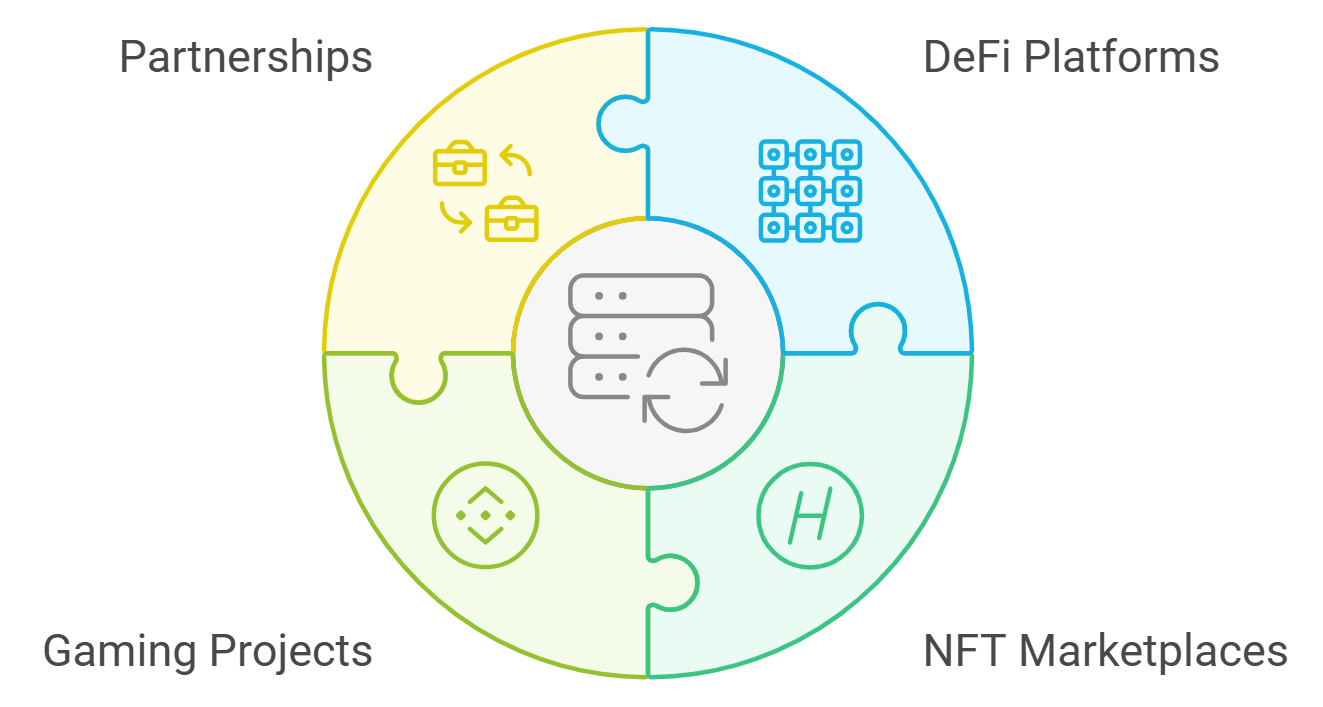
zkSync Era: Best for seamless EVM migrations. zkSync Era leverages zero-knowledge rollups to deliver high throughput and low fees while maintaining Ethereum compatibility. Developers can migrate existing EVM-based smart contracts with minimal changes, benefiting from enhanced privacy and scalability.
-
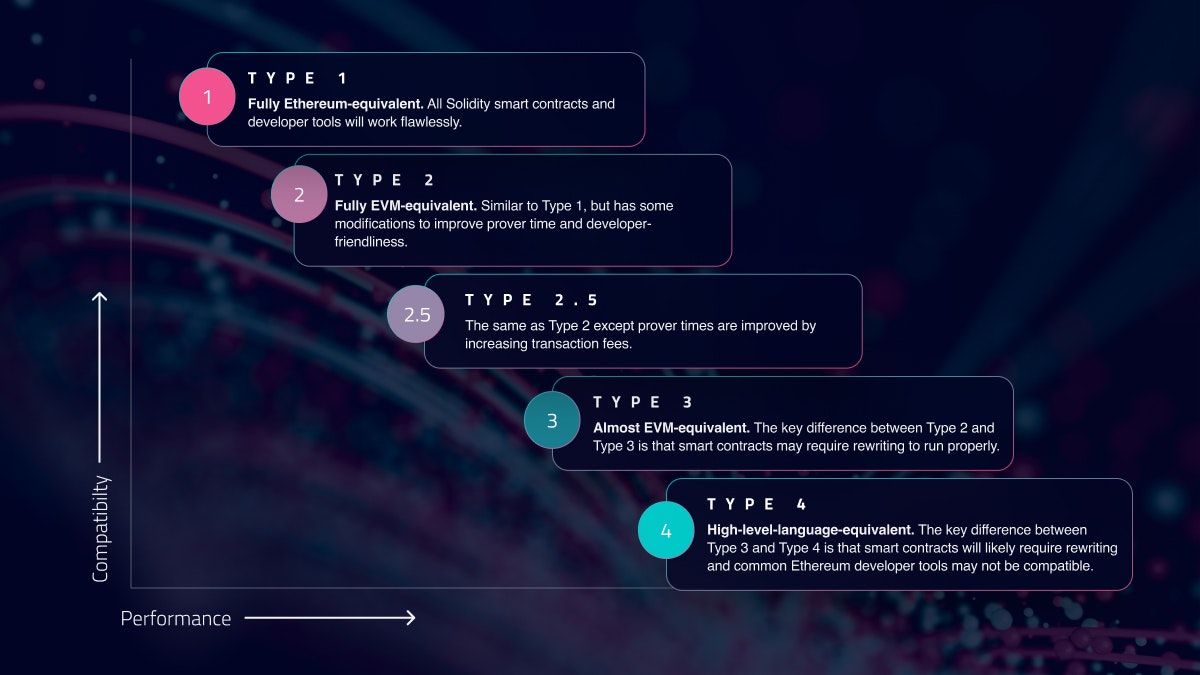
Polygon zkEVM: Optimized for DeFi scale. Polygon zkEVM combines Ethereum Virtual Machine equivalence with zk-rollup technology, enabling confidential and cost-effective DeFi operations. It supports large-scale decentralized applications and offers robust security with privacy-preserving features.
-
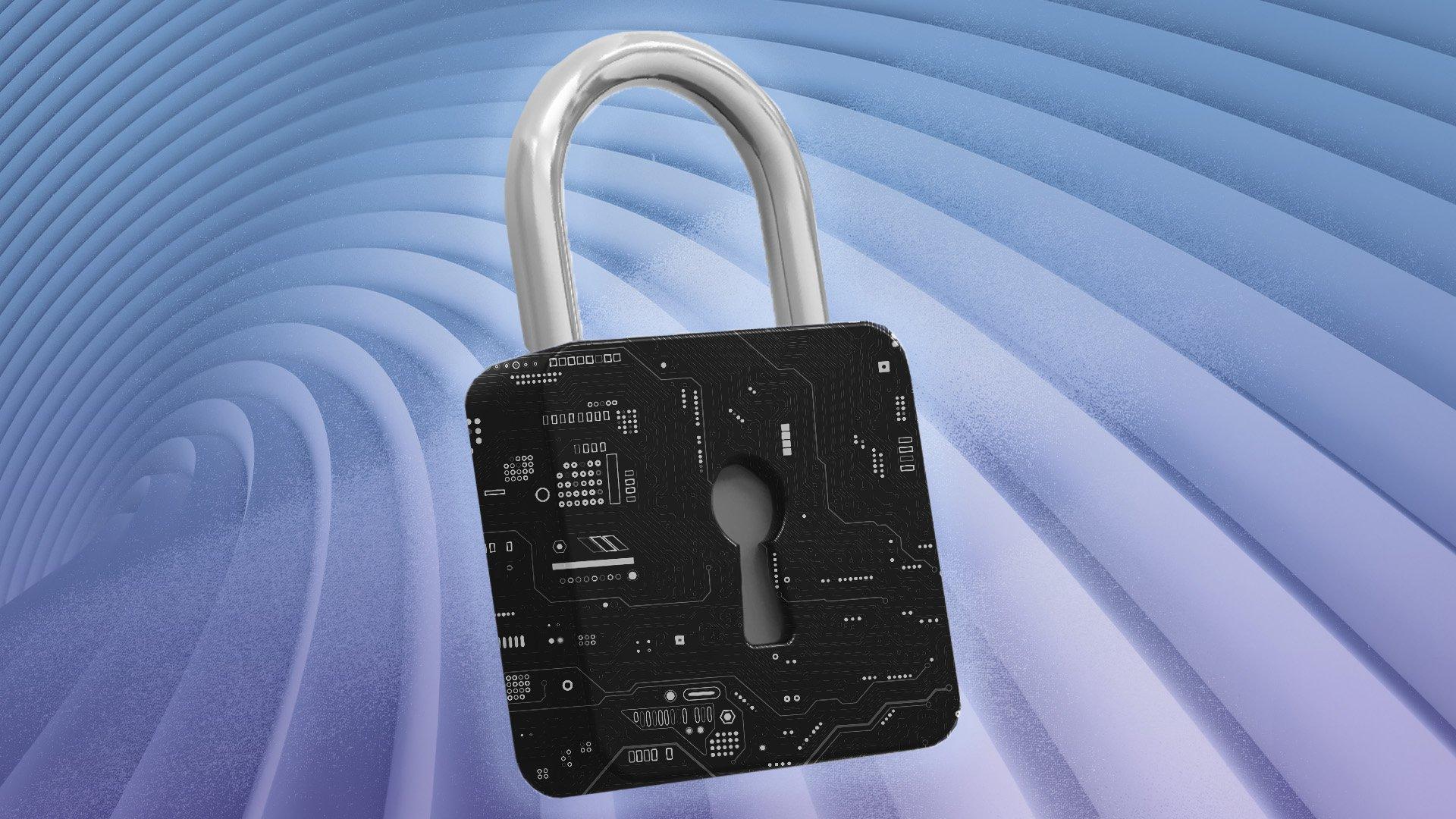
Aztec Network: Maximal privacy for smart contracts. Aztec Network specializes in privacy-focused Layer 2 solutions, using advanced zero-knowledge proofs to enable encrypted transactions and confidential smart contract execution. It’s ideal for use cases demanding the highest level of on-chain privacy.
- zkSync Era: Ideal if you want fast onboarding from Ethereum with strong privacy guarantees via ZK-Rollups.
- Polygon zkEVM: Best fit for high-throughput DeFi projects needing full EVM equivalence plus confidential transactions.
- Aztec Network: Go-to choice for applications demanding end-to-end privacy by default, think payrolls, voting systems, or private asset management.
The bottom line? The convergence of scalability and privacy is finally real, and these three Layer 2 solutions are setting the pace. As the technology evolves, expect even lower fees, higher throughput, and richer toolkits for encrypted smart contracts that don’t compromise on confidentiality or usability.
